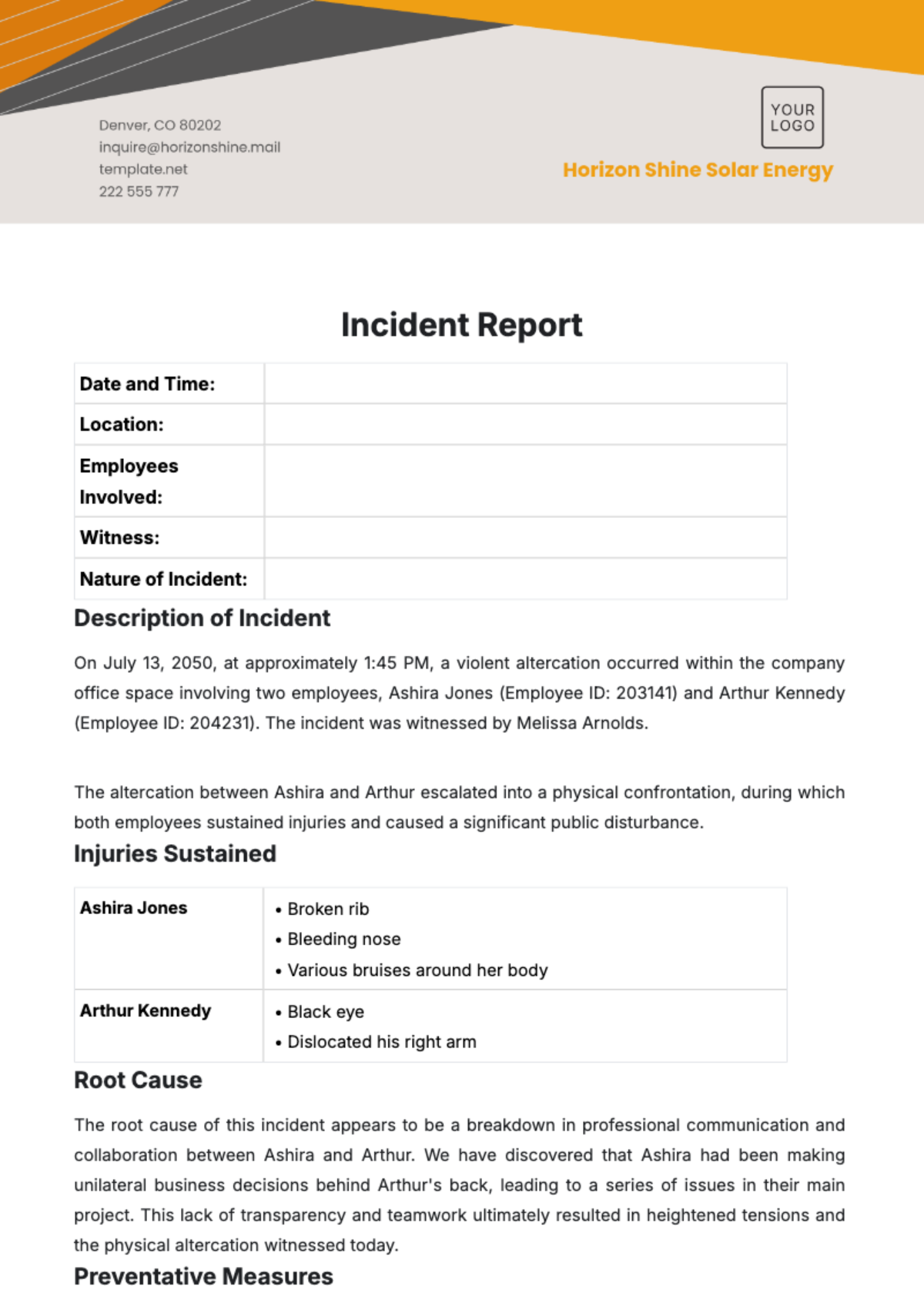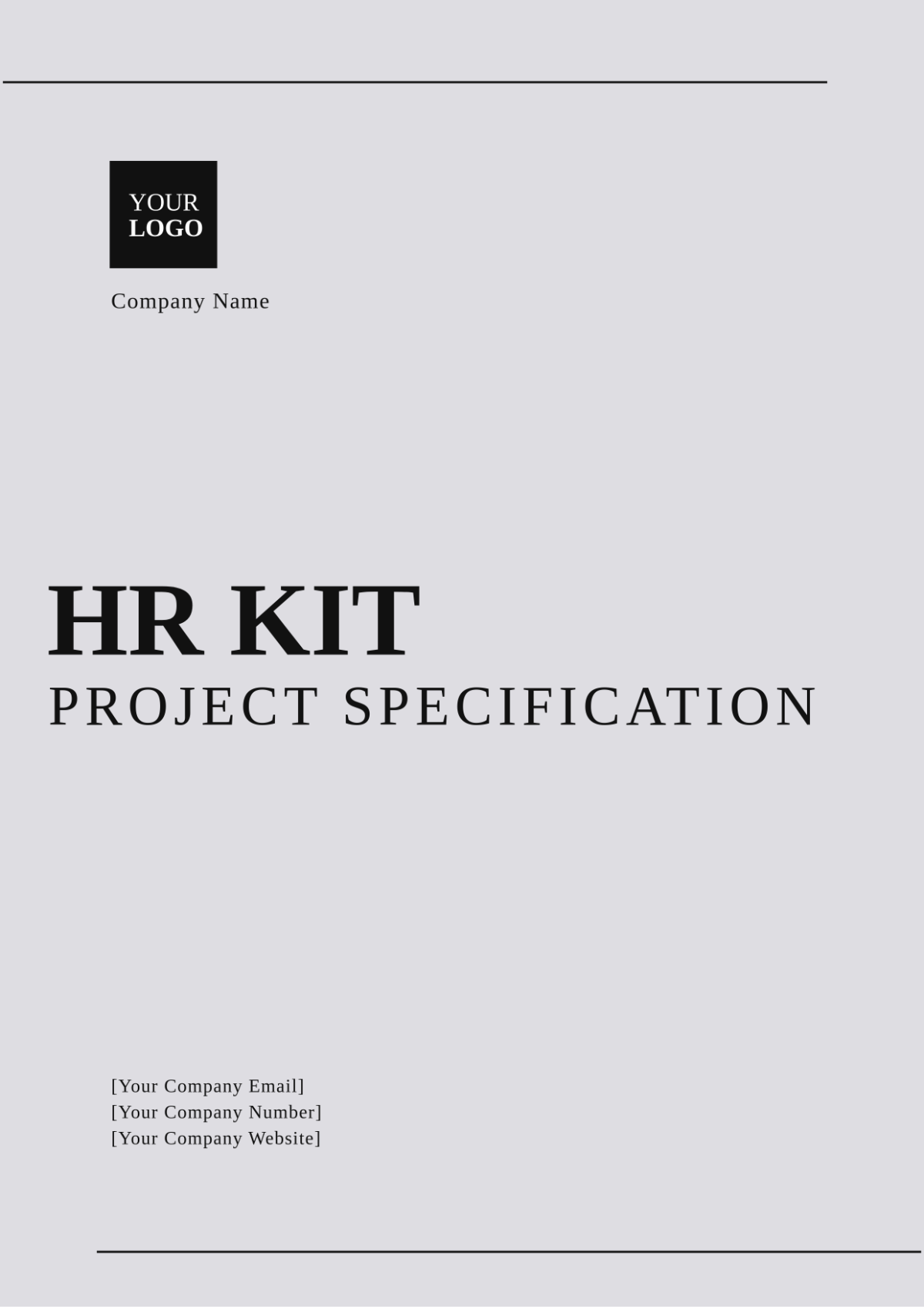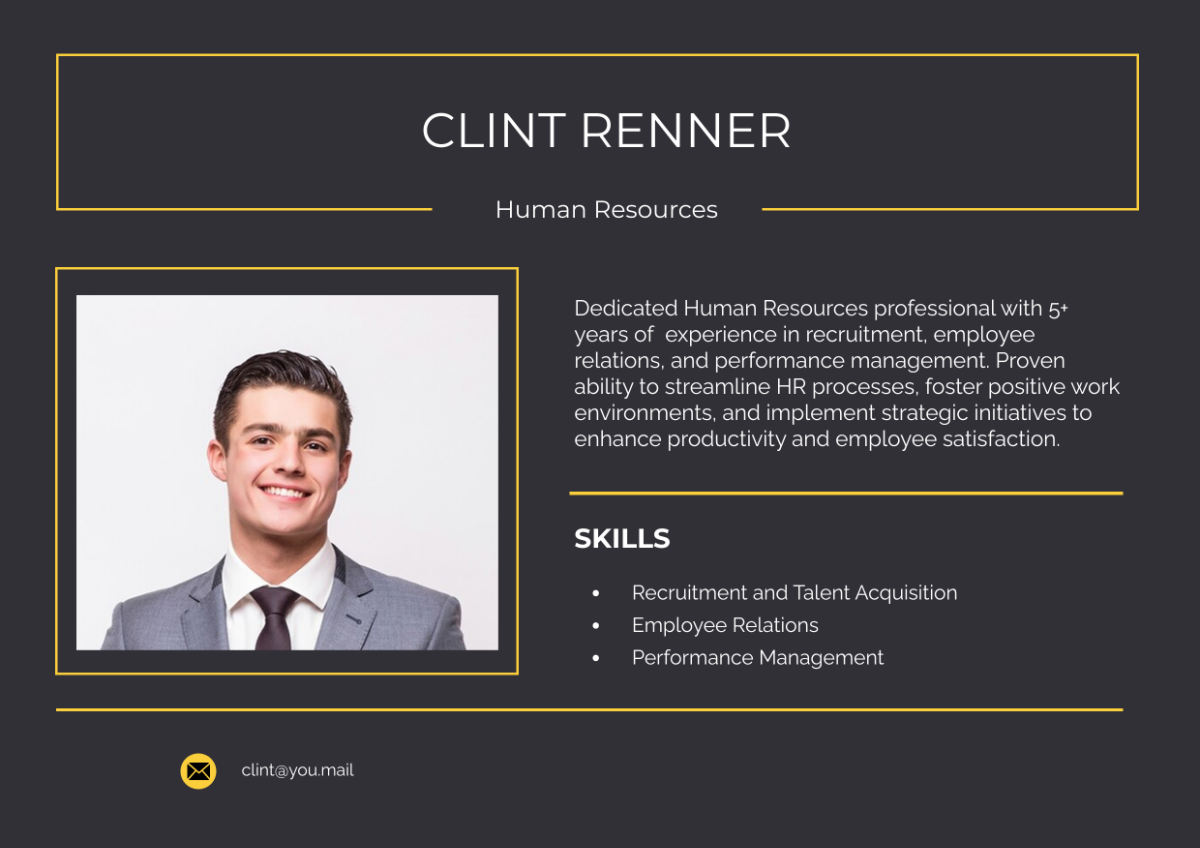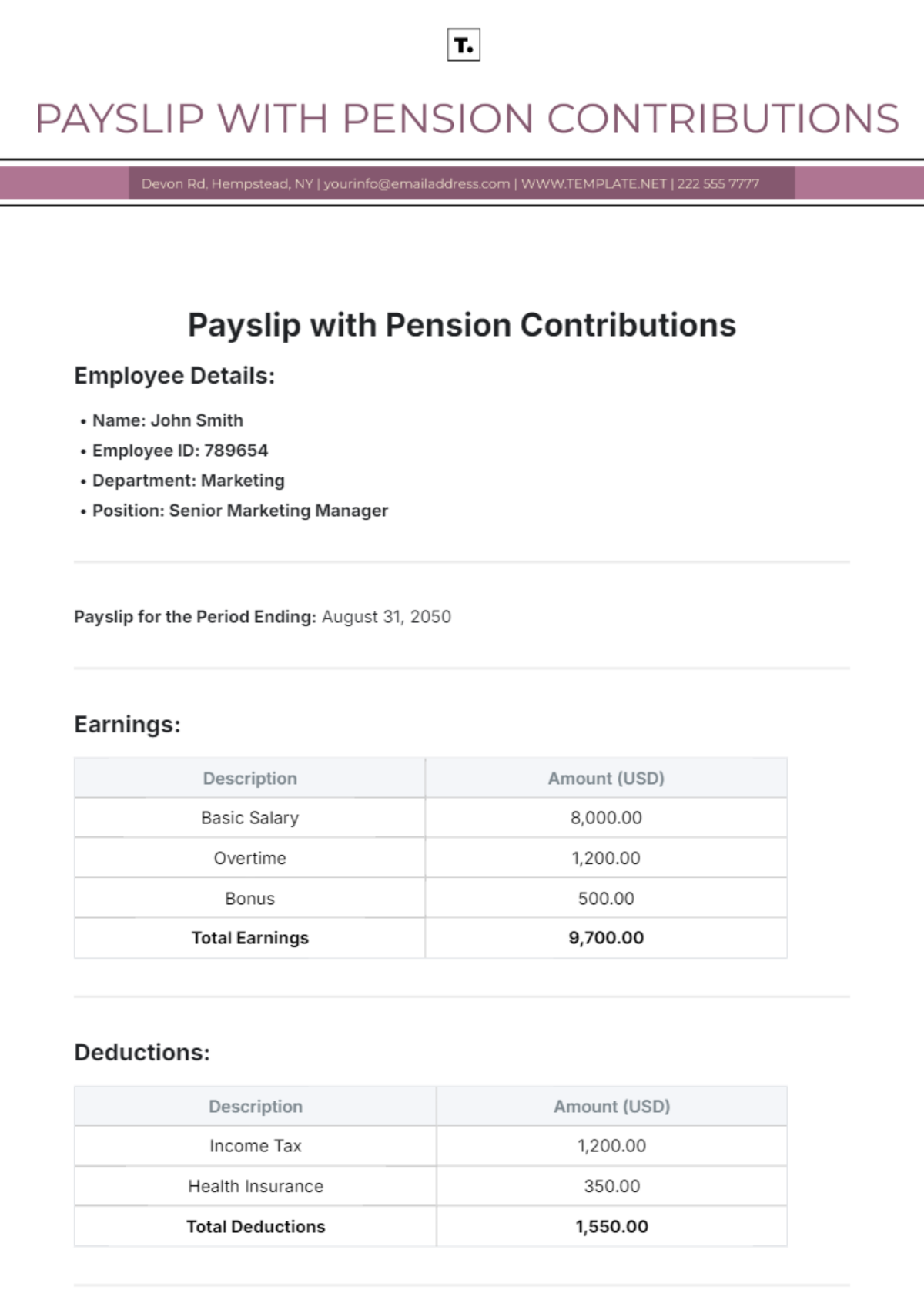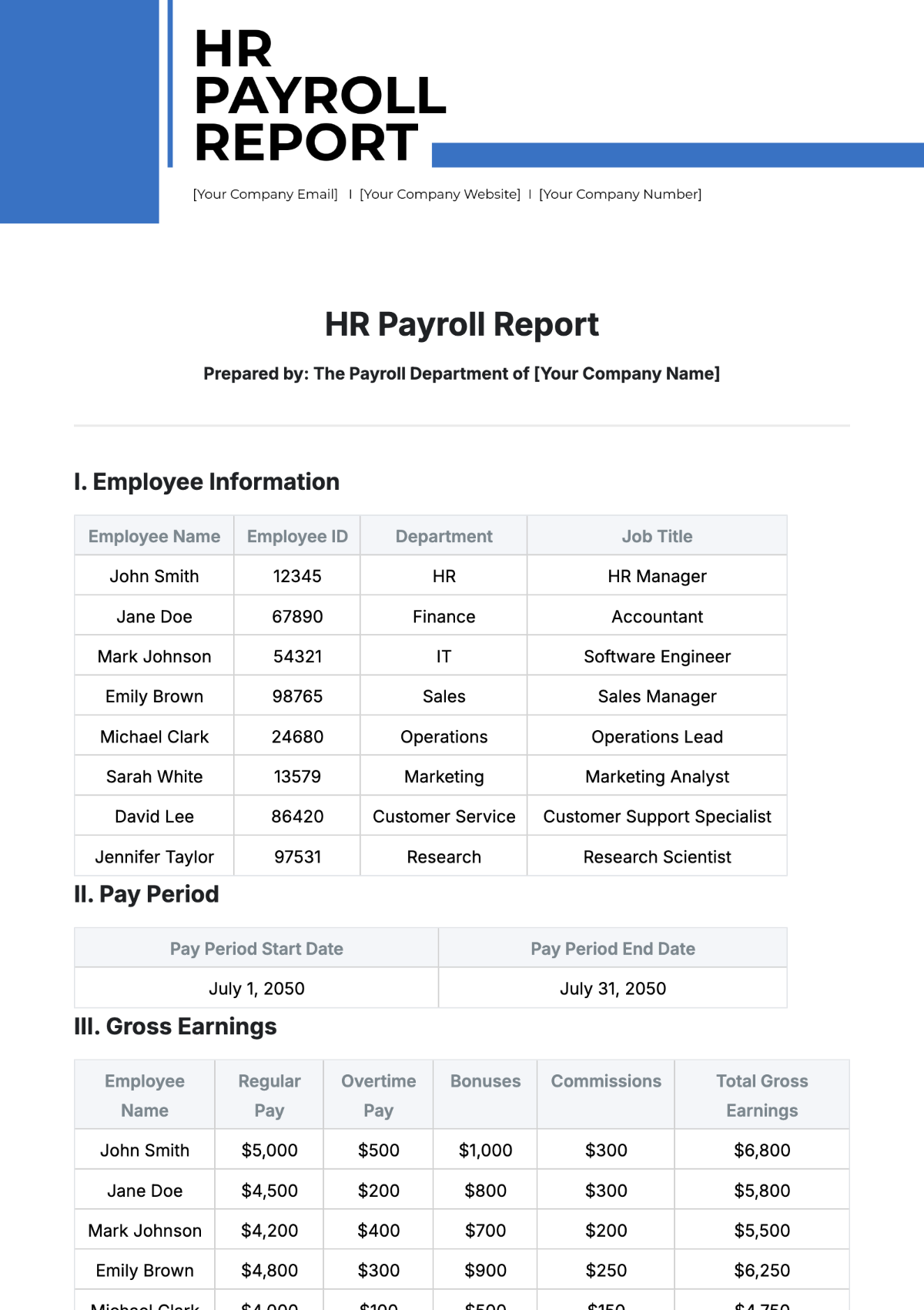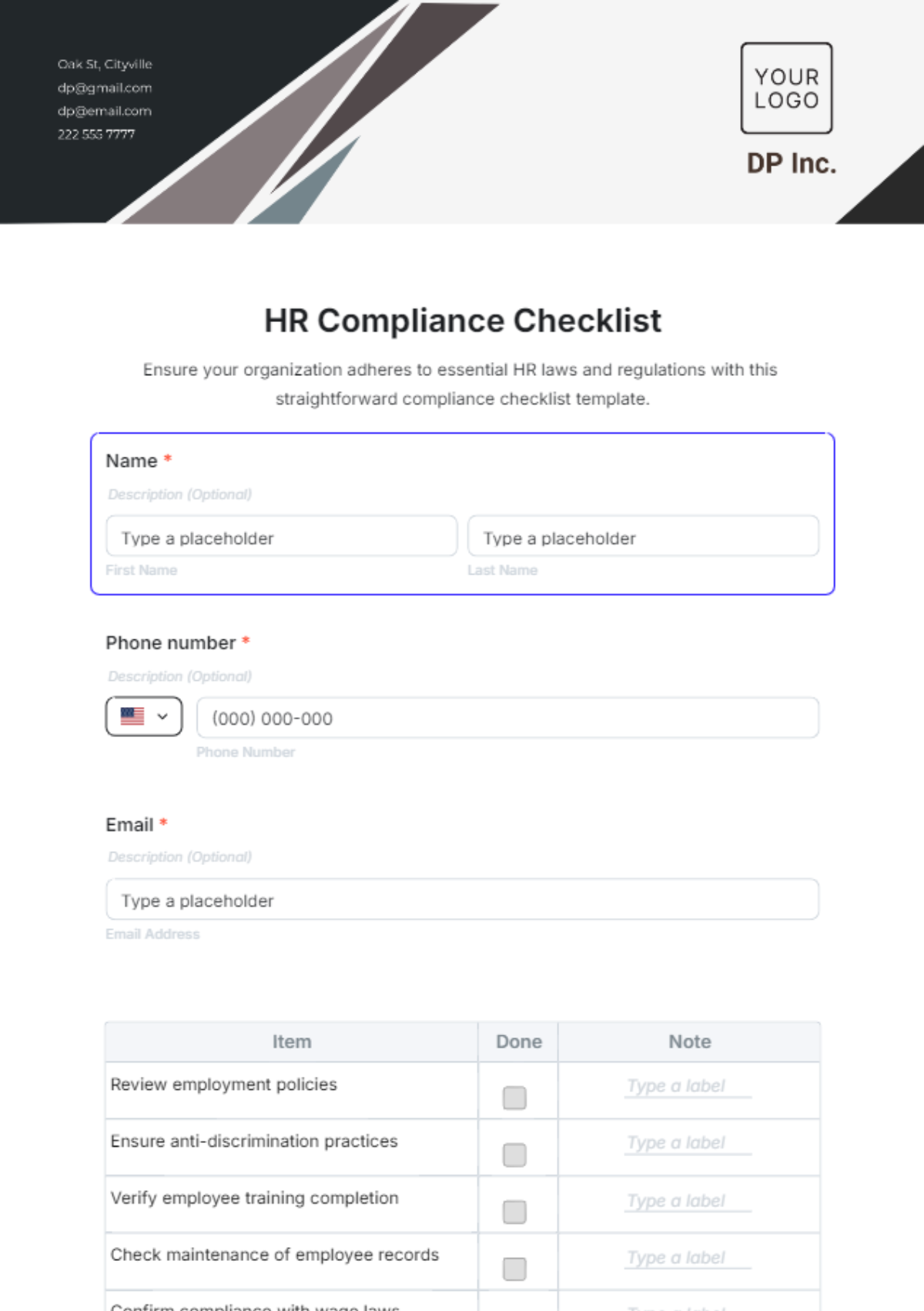Continuous Improvement Guide
TABLE OF CONTENTS
1. Introduction .......................................................................................................3
About [Company Name] ........................................................................................3
Purpose of this Guide ....................................................................................................3
Overview of this Guide...................................................................................................3
2. Continuous Improvement Basics ......................................................................3
Defining Continuous Improvement ...............................................................................3
Why is Continuous Improvement Important? ..............................................................4
Key Principles of Continuous Improvement ................................................................4
3. The Continuous Improvement Process ............................................................5
4. Roles and Responsibilities ................................................................................5
Leadership ......................................................................................................................5
Team Members ..............................................................................................................5
5. Tools and Techniques .......................................................................................6
Process Mapping ...........................................................................................................6
Root Cause Analysis ......................................................................................................6
SMART Goals ..................................................................................................................6
PDCA Cycle ....................................................................................................................7
6. Implementation Steps .......................................................................................7
7. Continuous Improvement Metrics ....................................................................8
Key Performance Indicators (KPIs) ..............................................................................8
Data Collection and Analysis ........................................................................................8
8. Continuous Improvement Culture ....................................................................8
Fostering a Culture of Continuous Improvement ........................................................8
Overcoming Common Challenges ................................................................................9
9. Communication and Feedback .........................................................................9
Regular Reporting ..........................................................................................................9
Feedback Mechanisms ................................................................................................10
10. Training and Development ............................................................................10
Continuous Improvement Training .............................................................................10
Skill Enhancement ........................................................................................................10
11. Documentation and Record-Keeping ............................................................10
Documenting Processes and Changes .....................................................................10
Version Control ............................................................................................................10
12. Conclusion .....................................................................................................11
Introduction
About [Company Name]
Welcome to the [Company Name] Continuous Improvement Guide. We are proud to introduce this guide, tailored specifically to our organization, to help us achieve excellence in our operations. At [Company Name], we believe that continuous improvement is the key to sustaining growth and providing the highest level of service to our customers.
Purpose of this Guide
The purpose of this guide is to equip every [Company Name] employee with the knowledge and tools necessary to actively participate in our continuous improvement journey. Whether you work on the factory floor, in administration, or in management, this guide is your roadmap to making our processes more efficient, our products and services of higher quality, and our workplace more enjoyable.
Overview of this Guide
This guide is meticulously crafted to provide [Company Name] with a comprehensive roadmap for instituting and advancing continuous improvement practices. It encompasses the foundational principles, practical steps aligned with the company’s objectives, tools and methodologies tailored to the company’s needs, real-world case studies highlighting our achievements, and guidance for surmounting common challenges specific to the company. Whether [Company Name] is at the inception of its journey or seeking to augment ongoing efforts, this guide is a valuable resource designed to empower the company toward excellence.
Continuous Improvement Basics
Defining Continuous Improvement
Continuous Improvement (CI) is not just a buzzword; it's the foundation of our commitment to excellence. CI is the ongoing, systematic process of identifying, analyzing, and enhancing our processes, products, and services. It involves making incremental improvements over time to achieve higher efficiency, reduce waste, and deliver better results.
Why is Continuous Improvement Important?
CI holds immense importance for [Company Name] because it directly impacts our ability to thrive:
Enhanced Efficiency: It streamlines processes, eliminating bottlenecks and delays.
Cost Reduction: CI eliminates waste, leading to significant cost savings.
Quality Improvement: We aim to deliver the best, and CI helps us achieve that.
Employee Engagement: Engaged employees drive our success through CI.
Competitive Advantage: CI ensures we stay ahead of the competition.
Key Principles of Continuous Improvement
Effective CI at [Company Name] is guided by these principles:
Customer Focus: Understanding and Meeting Customer Needs is Paramount:
At [Company Name], our customers are at the heart of everything we do. Being customer-focused means not just meeting their expectations but understanding their needs, both stated and implied. It involves active listening, conducting market research, and gathering feedback to gain insights into what our customers truly value.
Data-Driven: Data Guides Our Decisions and Actions:
In today's information age, data is an invaluable asset. Being data-driven means we rely on factual information to make informed decisions and take strategic actions. It's not about gut feelings or intuition; it's about using data to validate our assumptions and inform our choices.
Teamwork: Collaborative Efforts Lead to Innovative Solutions:
No single individual can drive continuous improvement on their own. It's a collective effort. Teamwork means that we leverage the diverse skills, perspectives, and experiences of our colleagues to develop innovative solutions to challenges.
Small Steps: Incremental Changes are Manageable and Sustainable:
Rather than seeking major overhauls or drastic changes, we recognize that small, incremental improvements are not only more manageable but also more sustainable in the long run.
Feedback Loop: Regular Reviews and Adjustments Based on Results:
A feedback loop is a critical component of continuous improvement. It involves regularly reviewing our actions and outcomes, gathering feedback, and making necessary adjustments based on the results.
The Continuous Improvement Process
CI at [Company Name] follows the well-established DMAIC framework:
Define: | Clearly state the problem or opportunity for improvement |
Measure: | Collect data to understand the current state. |
Analyze: | Identify root causes of issues or inefficiencies. |
Improve: | Develop and implement solutions to address root causes. |
Control: | Monitor and sustain the improved process. |
Roles and Responsibilities
Leadership
Leaders at [Company Name] are the driving force behind Continuous Improvement (CI) by:
Setting the Tone: They establish a culture of CI by emphasizing its importance and clearly defining expectations.
Allocating Resources: Leaders ensure teams have the necessary resources, both in terms of tools and support, to carry out CI initiatives effectively.
Removing Barriers: They actively identify and address obstacles that might impede progress in CI efforts.
Recognizing Success: Leaders play a vital role in motivating teams by acknowledging and rewarding achievements in CI, reinforcing the value of continuous improvement within the organization.
Team Members
Every employee at [Company Name] actively contributes to CI by:
Participation: Team members are actively involved in improvement initiatives, offering their insights and efforts to drive positive change.
Data Collection: They provide accurate and relevant data and feedback, which forms the foundation for data-driven decision-making in CI.
Creativity: Team members are encouraged to suggest innovative solutions and improvements, tapping into their diverse perspectives.
Feedback: They communicate challenges and provide suggestions for improvements, fostering a culture of open dialogue and continuous learning within the organization.
Tools and Techniques
Process Mapping |
Process mapping visually represents workflows, helping teams understand and analyze processes. It identifies bottlenecks, redundancies, and opportunities for improvement. It's like having a map that guides teams through the terrain of their work, helping them identify opportunities for streamlining, reducing errors, and increasing efficiency. Process mapping ultimately empowers teams to make data-informed decisions about how to optimize their workflows. |
Root Cause Analysis |
Root cause analysis helps identify the underlying reasons for problems or inefficiencies. One widely used technique for this purpose is the 5 Whys method, which involves asking "why" multiple times to trace the problem back to its origin. By doing this, teams can avoid merely addressing symptoms and instead focus on eliminating the root causes. This method not only helps in solving the immediate problem but also prevents its recurrence, contributing to sustainable improvements in processes, products, or services. |
SMART Goals |
SMART goals provide a clear framework for setting objectives in the context of continuous improvement. SMART goals empower teams to set clear, actionable objectives, facilitating focused and efficient efforts in the pursuit of continuous improvement. |
PDCA Cycle | |
The Plan-Do-Check-Act (PDCA) cycle is a methodical and iterative approach to achieving continuous improvement. It guides teams through a sequence of steps: | |
Plan: | In this phase, teams identify the problem, set clear objectives, and plan how to achieve them. This planning includes determining the necessary resources and defining key performance indicators. |
Do: | Teams implement the planned changes or improvements on a small scale, often referred to as a "pilot" or "trial" phase. This step allows teams to test their ideas and assess their impact |
Check: | During this phase, teams evaluate the results and gather data on the implemented changes. They compare the actual outcomes to the expected ones and analyze any deviations. |
Act: | Based on the analysis of the data and results, teams make informed decisions. If the changes are successful, they can be implemented on a larger scale. If not, adjustments are made, and the cycle begins anew. |
Implementation Steps
Step 1: Identify Opportunities |
|
Step 2: Set Objectives |
|
Step 3: Gather Data |
|
Step 4: Analyze Data |
|
Step 5: Implement Improvements |
|
Step 6: Monitor and Sustain |
|
Continuous Improvement Metrics
Key Performance Indicators (KPIs)
KPIs are specific, quantifiable metrics that are tailored to your department or role. These indicators act as vital signposts, helping you gauge the success and impact of your continuous improvement efforts. They provide a clear and objective way to measure progress, identify areas that require attention, and ensure that your CI initiatives align with your organizational goals.
Data Collection and Analysis
Reliable and consistent data collection methods are the lifeblood of data-driven decision-making in continuous improvement. Ensuring that data is gathered systematically and accurately allows teams to analyze trends, uncover patterns, and make well-informed choices about which improvements to prioritize and how to implement them effectively. This data-driven approach ensures that CI efforts are grounded in evidence and are more likely to lead to meaningful and sustainable enhancements in processes or outcomes.
Continuous Improvement Culture
Fostering a Culture of Continuous Improvement
To create a CI culture at [Company Name]:
Encourage open communication and idea-sharing.
Reward and recognize employees for their contributions.
Provide training and resources for skill development.
Lead by example, demonstrating a commitment to improvement.
Overcoming Common Challenges
Resistance to Change: Address fears and concerns with transparency and communication.
Lack of Resources: Allocate resources effectively to support CI initiatives.
Communication and Feedback
Regular Reporting
Regular reporting is the practice of consistently providing updates on the progress and results of Continuous Improvement (CI) initiatives to stakeholders within and outside the organization. It involves establishing a structured communication framework to ensure that everyone involved is well-informed about the status of CI efforts. This reporting serves several important purposes:
Transparency: Regular reports create transparency by sharing both successes and challenges openly.
Accountability: Reporting holds teams and individuals accountable for their CI initiatives. It ensures that commitments and goals are met and provides a mechanism for addressing any issues or delays promptly.
Alignment: Reporting helps align CI efforts with the organization's strategic objectives. It ensures that improvements made are in line with the overall goals and priorities of the company.
Learning and Improvement: It enables stakeholders to learn from the results and make data-driven decisions. If a particular initiative is not yielding the expected outcomes, reporting allows for adjustments and refinements, promoting continuous learning and adaptation.
Recognition: Regular reports provide an opportunity to recognize and celebrate the achievements and contributions of teams and individuals involved in CI. Recognizing success reinforces the value of CI efforts and encourages further engagement.
Feedback Mechanisms
Feedback mechanisms are processes and tools designed to actively collect input and insights from employees at all levels of the organization regarding CI processes and initiatives. Encouraging and utilizing feedback is essential for the continuous improvement journey.
Training and Development
Continuous Improvement Training
Invest in training programs to develop CI skills and knowledge among [Company Name] employees.
Skill Enhancement
Promote skill enhancement and professional development opportunities that support CI efforts.
Documentation and Record-Keeping
Documenting Processes and Changes
Maintain clear documentation of processes and changes to ensure transparency and accountability in CI efforts.
Version Control
Implement version control mechanisms to track and manage process documentation effectively.
Conclusion
The [Company Name] Continuous Improvement Guide empowers each one of us to be a catalyst for positive change within our organization. By embracing the principles, processes, and tools outlined in this guide, we can collectively enhance our workplace, deliver superior products and services, and ensure the continued success of [Company Name]. Together, we build a brighter future.


